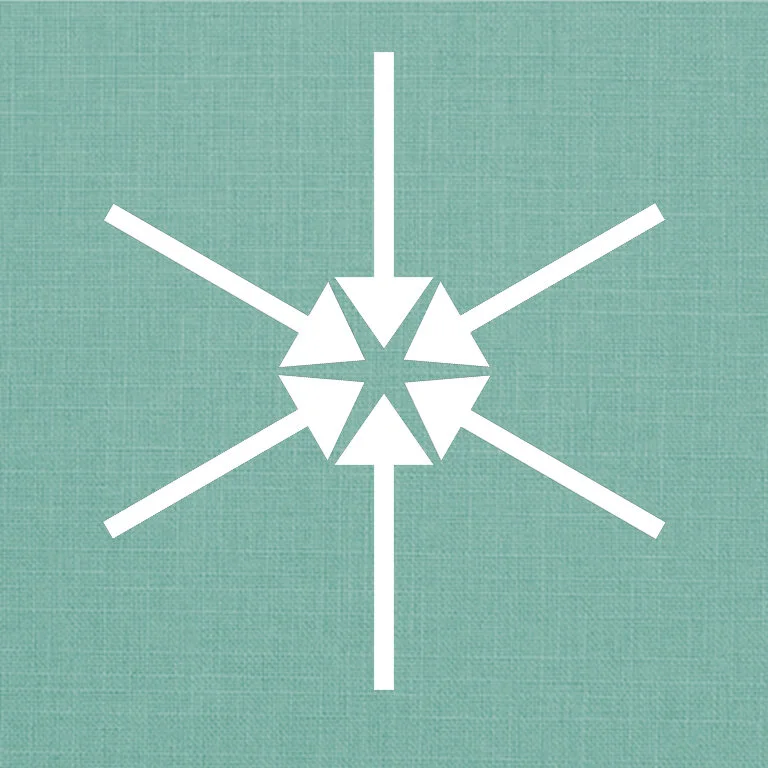THE PRINCIPLES OF DESIGN
uNITY | VARIETY | BALANCE | FOCUS | RHYTHM | SCALE | PROPORTION
The principles of design hold together the components of a creative work.
The principles of design are the configurations, the arrangements or the ‘glue’ that hold together a creative work. They undergird the structure of a work of art or craft through arrangement of the parts.
Structure, hierarchy and flow result from the artist using design to strengthen the meaning of the concept he or she desires to express.
All of the design principles may exist literally in a work of art, or actually in an art experience.
The design principles may also exist as an illusion - as apparent, suggested, visual, implied or perceived.
UNITY
Unity may be a sense of wholeness, a feeling that all parts ‘go together.’
Unity may exist when all or most of the parts join to support the whole entity.
Examples: A family unit, a set of screwdrivers, a pair of socks, a set of tires
VARIETY
Variety may be the presence of diversity, a sense that the parts are different from each other.
Variety may exist when the parts are different, yet still are connected in reference to the whole entity.
Examples: A team of players, a toolkit, a bouquet of flowers, a salad
BALANCE
Balance may exist when items are of similar weight on two or more sides of an axis or center point.
Balance may involve a visual illusion of solid mass and empty space.
Examples: A teeter-totter, a two-part scale, a merry-go-round, an octopus body
FOCUS
Focus may be a unified direction of attention.
Focus may be constructed by making one item different, causing attention to be pulled toward it.
Examples: one red dot in black and white stripes, an orange construction cone on a gray highway
RHYTHM
Rhythm may be a regular or irregular set of items.
Rhythm may be constructed by arranging similar items to occur near each other in space or in time.
Examples: A sonic set of beats, a visual set of strokes, a spatial set of objects
SCALE
Scale may exist as the comparison in 2, 3 or 4 dimensions of size, volume or weight between two entities.
Scale may be suggested by placing two similar objects or entities near each other, causing a comparison.
Examples: Large alligator, small gecko
PROPORTION
Proportion may exist as the comparison of parts within the same entity in 2, 3, or 4 dimensions.
Proportion may be enhanced by changing the dimensions of parts of a known entity.
Examples: Long legs and short torso on same animal, cartoon characters with large heads







